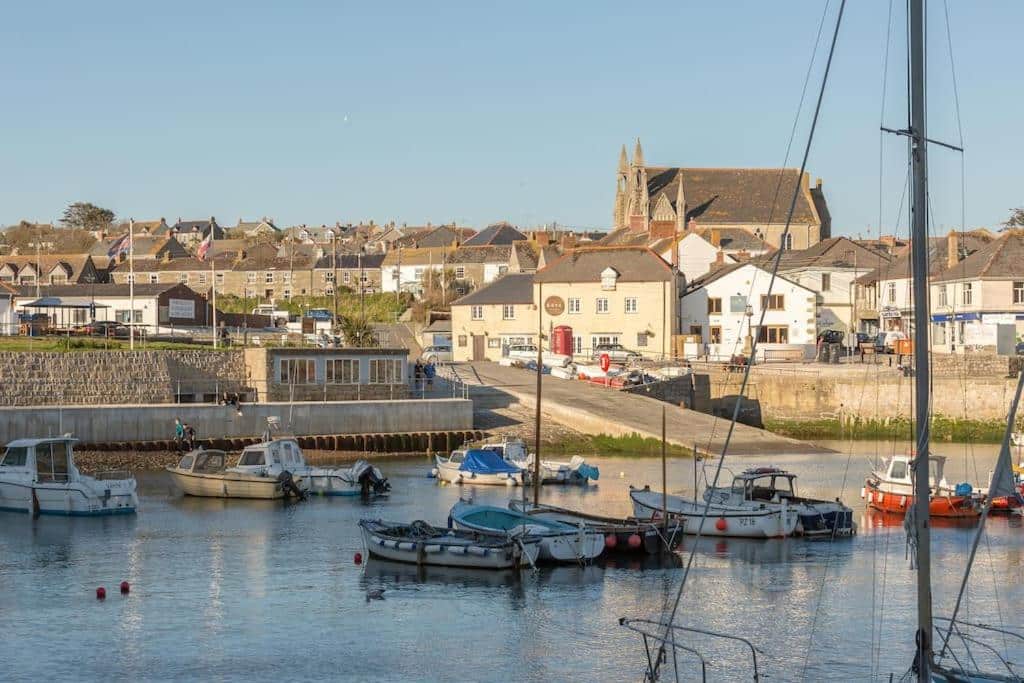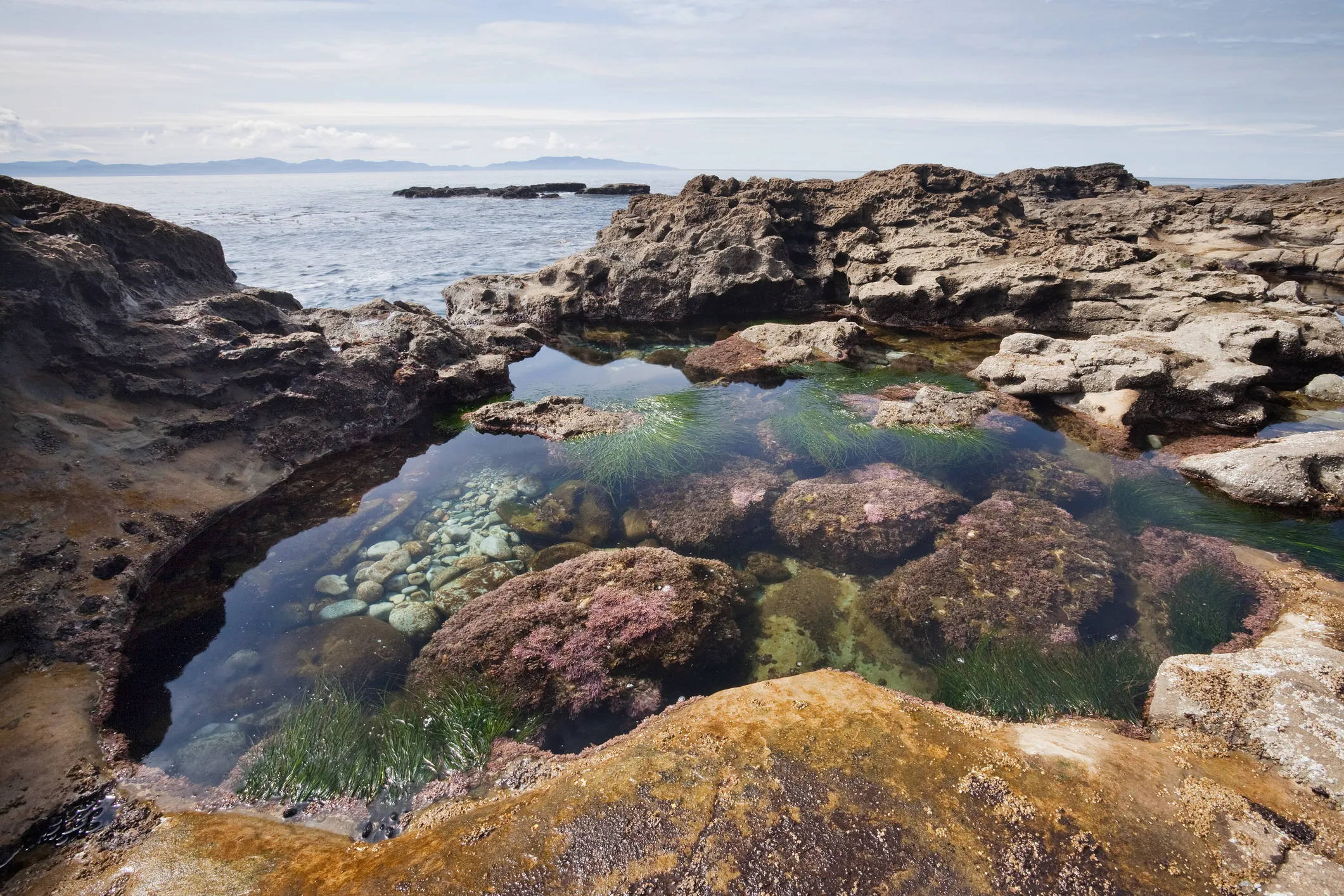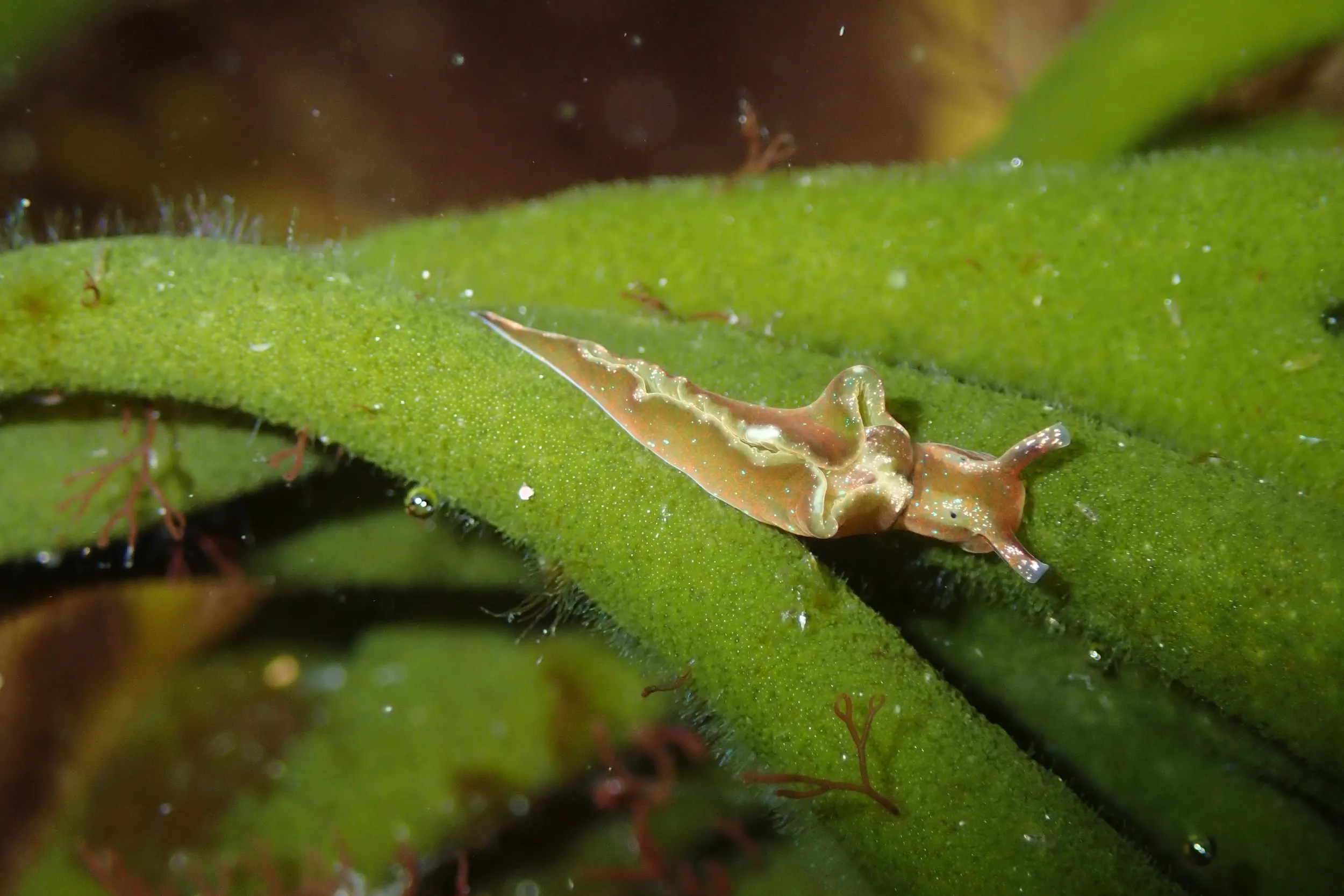
The Wellness Edit





When we think of mussels, it’s easy to drift to visions of sun-dappled terraces and bowls of moules marinière paired with a crisp white wine. But this belies their true nature: a winter coastal treasure…
These jewels of the sea are at their British best in the colder months (as are most shellfish in fact), when the waters are chilly, and these humble bivalves are plump, sweet, and full of flavour.
For centuries, Cornish mussels were a widely eaten and gathered seafood, harvested from rocky shorelines at low tide and simmered simply over fires, their briny flesh providing essential sustenance during harsh winters. Over time, French culinary traditions filtered into the UK and mussels found their way into more refined dishes, like the iconic moules marinière.
Today, Cornish mussels are celebrated for both their exceptional flavour and their role in sustainable seafood practices.

Mussels are farmed along the Cornish coast. Some are grown on the seabed, where they are dredged, hand-raked or harvested using water jets. Others are rope-grown, using toggled ropes fixed to anchors on the seabed and buoys on the surface in sheltered tidal waters.
“Farming shellfish has to be one of the most environmentally friendly forms of food production currently in commercial operation,” says Matt Marshall, from Porthilly Shellfish in Rock. “Our mussels are grown on the estuary beds of the River Camel in North Cornwall, which is the traditional way of farming them, but both rope- and seabed-grown mussels provide a high protein and nutrient-rich food.”
At Porthilly, the mussel farming process involves laying tonnes of baby mussel seed along selected areas of the Camel River bed and allowing them to grow to maturity.
“These areas have to be sheltered from any heavy storm action and have just the right surface – too stoney and the mussels can’t clump together, too sandy and the mussels will get buried,” explains Matt.
As a natural filter feeder, cleansing the water they live in, mussels are a boon for marine ecosystems and a low carbon foodstuff.
“Our mussel beds help support a thriving ecosystem, alive with wildlife including wading birds and a variety of fish and crustaceans,” says Matt.
The farmed mussels at Porthilly are harvested by boat and fully cleaned for sale at the farm, before making their way to fishmonger counters and coastal restaurant kitchens.

Image credit: Kota
“What I love about mussels is how much flavour they impart with very little cooking,” says chef Jude Kereama, owner of Kota and Kota Kai in Porthleven.
While most of us are familiar with the classic French moules marinière – shallots, garlic, white wine, double cream and parsley – they pair well with an abundance of different ingredients.
“At Kota Kai, we serve them three different ways – in a Thai coconut broth, in a marinière, and then in a Spanish style with chorizo, orange, chipotle chilli and some coriander. They soak up any flavour you put them with,” says Jude.

Image credit: Sam Breeze
“Another delicious dish is to do them puttanesca-style, with tomatoes, olives, anchovies and basil. I’d serve that with a crusty chunk of sourdough smeared in olive oil and a rub of garlic or over spaghetti.”
While cooking a steaming pot of mussels in a tasty broth is a failsafe option, Jude also likes to experiment with them in more unexpected dishes: “We turn them into fritters by making a simple batter with egg, milk and flour and then add chopped spring onion, coriander and maybe some sweetcorn.
“Lightly steam the mussels until they just open, let them cool off and then roughly chop them and put them into the batter. Fry the batter lightly, pancake-style over a medium heat until golden on both sides. At Kota Kai, we’d pair them with a nice seaweed tartare sauce.”

Image credit: Kota
Cornish mussels are available to buy at fishmongers across the county. Ask the fishmonger to debeard them for you as this can be slightly awkward to do at home with a knife. Matt recommends half a kilo per person as a starter or three-quarters of a kilo per person for a main meal – and possibly a few more for real shellfish enthusiasts.
When preparing, it’s important to make sure they’re clean, free of grit and still alive. Rinse them in running water over a colander and tap any open ones on the side of a bowl. If they’re alive, they should close up. If not, discard them. “Some mussels can be a bit lazy, particularly in the colder months, so give them a few seconds to close,” adds Jude.

Image credit: Kota
When cooking, it can be tempting to dial up the heat and leave them to it, but this can risk overcooking, leaving the texture rubbery. “Whichever sauce you cook them in, they are best when they just open,” says Jude. “Any that don’t open, throw away. It’s as simple as that.”
Whether enjoyed by a roaring fire or as the centrepiece of a family gathering, Cornish mussels are a testament to the simple joys of the sea – best savoured when the waters are at their coldest and you’re nestled somewhere warm.
Sample freshly harvested shellfish served-up on the coast – or cook-up sea-friendly seafood – when you stay by the beach this #SecretSeason






This #SecretSeason, we’re sharing some of the mesmerising beach phenomena that can be found on our shores. The fascinating draw of rock pools and the excitement of new discoveries hiding in the seaweed and under rocks; it’s what we call rockrapture. Discover this beach phenomenon and where to find it…
There’s something eternally fascinating about the ocean – an underwater realm that holds close its many secrets, even as humans explore the farthest reaches of space.

Your passing encounters with the marine world during beach days, taking the plunge into the oncoming surf or splashing through the shallows, scratches the surface of the hidden underwater universe. But in the tranquil corners of the coastline, where the tide reveals rock-pools, is where marine and terrestrial worlds intertwine.
Have you ever felt the irresistible urge to explore these small, teeming worlds? And when you give into that pull, the feeling that comes when a never-before-seen crab scuttles from beneath a rock? We call this rockrapture: the deep-rooted need to search through rock pools, driven by the thrill of discovering new sea creatures. And as autumn rolls in, with quieter beaches and calmer tides, it’s the perfect time of year to indulge this beach phenomena.
“I love the fact that when I’m rock-pooling – even though I’ve been doing it all my life – I’m still finding things I’ve never seen before,” says Matt Slater from Cornwall Wildlife Trust. “It isn’t ever boring because you never know what’s going to be under the next rock.”

Asterina phylactica. Image credit: Matt Slater
Whether it’s rooted in our human instinct to be curious or a nod to our hunter-gatherer past, the sense of wonder that comes from spotting a sea creature you’ve never seen before is undeniably magical. “Most people don’t get to go underwater, and when the tide goes out, it’s lifting the curtain on a different world,” smiles Matt. “Sea creatures are very alien and really capture the imagination,” he adds.
Beneath the surface, a wealth of marine life waits to be discovered, even by amateur marine biologists. “Spring is fantastic for appreciating the beauty of seaweeds… whereas in autumn you’ve got lots more animals like crabs and fish,” reveals Matt.

The best places to look are under small rocks and tangled seaweed close to the shoreline. “You’d be amazed at how many fish you’ll find under rocks even when they’re not in a pool,” Matt explains.
“In the autumn you’ll find Cornish sucker fish, pipe fish and shannies… Last week I found a little baby lumpfish, which is a funny little kind of box-shaped fish which you don’t see a lot of.”
“We’ve got a really beautiful coastline with lots of sheltered bays and areas with really good geography and geology for rock-pooling in Cornwall,” says Matt. Combine this with the UK’s huge tidal range and it makes Cornwall one of the best places in the world for marine discovery. “Rock-pooling when the tide is out during a spring tide gives you access to areas of the coastline which would normally be the seabed.” These are the prime times for rockrapture with conditions just right for discovering interesting sea creatures.

Giant goby. Image credit: Matt Slater
These prime rock-pooling spots can be found all along the Cornish peninsula. In Newquay, rocky ledges shelter pools from the surf at Towan and South Fistral, Gorran Haven, on the south east coast, is home to a collection of rock pools, and if you head south west to Falmouth explore sweeping rocky reefs exposed at low tide.
Visit these rock pools in the dark, such as on a night safari with The Rock Pool Project, and you can open-up a new, technicolour view of these diverse habitats.
“If you shine a UV light on certain [sea creatures], they glow and it can give you some quite interesting effects,” explains Matt. Sea anemones, some corals, and even prawns fluoresce under UV, lighting up the pools in ways you don’t see by day.

Elysia viridis, solar-powered sea slug. Image credit: Matt Slater
Night rock-pooling also reveals species that are more active after dark. “Things like crabs and other crustaceans are more active [at night],” explains Matt.
Whether you’re drawn to the sea by day or find its mysteries more intriguing after dark, autumn is the perfect time to see what treasures the tide leaves behind
For more information on rock-pooling and how to do it safely, visit Cornwall Wildlife Trust. Discover more tips on how to get rock-pool ready.
Stay metres from the underwater world for moments of rockrapture this #SecretSeason…